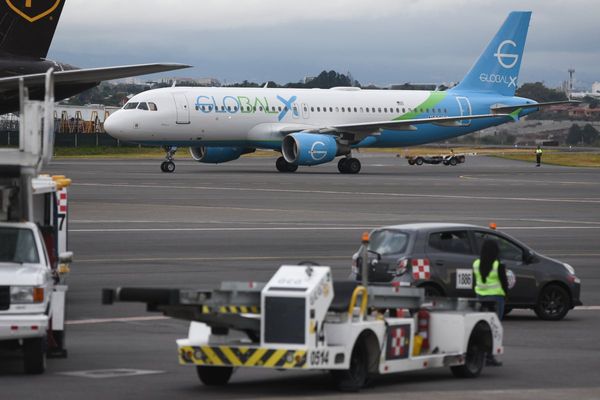
If we want to limit global temperature rises to no more than 1.5C and avoid the worst of climate breakdown, achieving net zero carbon emissions is a crucial mission. It’s one that’s seen businesses and countries across the world commit to carbon-reduction targets, with the UK pledging to reach net zero by 2050.
For its part, Tesco has pledged to become carbon neutral across its own operations by 2035 and its plan to reach that target has been approved by the Science Based Targets Initiative (SBTi), the official body that validates climate targets. But what does that look like in reality, and what are the challenges faced by nations and industries compelled to reduce their emissions?
Improving infrastructure
From 2030, the sale of new purely petrol and diesel cars will be phased out in the UK, however, in order to electrify retail delivery fleets, improvements in infrastructure are essential. At the moment, there is only one public charging point for heavy goods vehicles (HGVs) in the whole of the UK, yet HGVs currently create around 20% of all domestic transport emissions. “This is why it is crucial for the government and industry to work together on the road to net zero,” says Cliff Smith, fleet engineering manager at Tesco.
Despite the obstacles around infrastructure, Tesco already has a fleet of more than 570 electric home-delivery vans – and it has committed to operating a fully electric home-delivery fleet in the UK by the end of 2030. It has also added four electric HGVs, which should replace about 30,000 diesel-fuelled road miles every year. To reduce the carbon emissions of its fleet even further, solar panels have been installed on the roofs of eight HGVs to power their refrigeration units – you can spot these vehicles on the road thanks to them having “Hello Sunshine” emblazoned across their trailers.
On the right track
Alongside introducing electrified HGVs, transporting more goods by rail should also be a priority, given each tonne of freight transported by rail currently produces 76% fewer carbon emissions compared with road transport. The government is also committed to a net zero rail network by 2050.
A significant amount of Tesco’s products are already transported by rail and last year, it introduced a 10th “Tesco train” service from its distribution centre in Daventry, Northamptonshire, to Manchester. The service will help save more than 6,000 tonnes of CO2e a year. In 2025, an estimated 300m cases of Tesco goods will be moved around the country by rail.
In store and more
More than 98% of Tesco’s emissions are generated in its supply chain, which means collaboration with suppliers and wider industry will be critical in achieving its net zero goals. Tesco is, however, taking a lead in its own stores. For instance, it’s been estimated that the UK could save 1% of its total electricity usage if the top five British supermarkets put doors on fridges. Tesco has, in fact, already installed doors on refrigerators in 65% of its convenience stores, saving 30% of electricity per fridge in the process – an initiative that’s currently being rolled out to larger stores too.
Solar panels that require only daylight rather than sunshine – an essential distinction when you consider Britain’s ever-changing weather – are starting to be installed on the roofs of large Tesco stores, with more than 50 stores fitted so far. By installing solar panels across many of its larger sites, Tesco is taking some of the pressure off the National Grid, which needs to massively expand the transmission capacity of the UK’s electricity grid to meet rising demand as we transition from fossil fuels to renewables.
Tesco has already switched to using 100% renewable electricity across its estate. Along with installing solar panels and wind turbines on stores and distribution centres, the retailer achieved this through a combination of renewable energy certificates and long-term renewable electricity contracts, known as power purchase agreements. Energy efficient LED lights have also been introduced across many Tesco stores, while gas boilers are being replaced with heat pumps that can be powered by renewable energy rather than fossil fuels.
While there are still many hurdles to be overcome to reach net zero, Tesco has managed to achieve a 61% reduction of emissions from its own operations against a 2015 baseline.
Want to know more? Watch the video Journey to Greener Groceries: Net Zero Operations, to see how Tesco is revolutionising its distribution network







